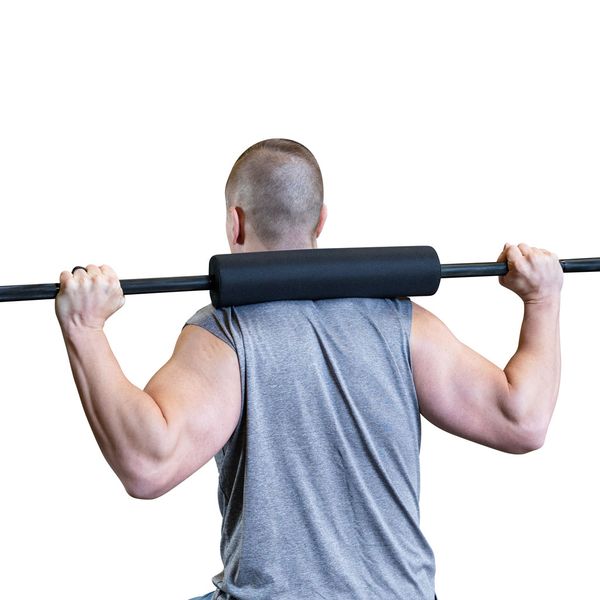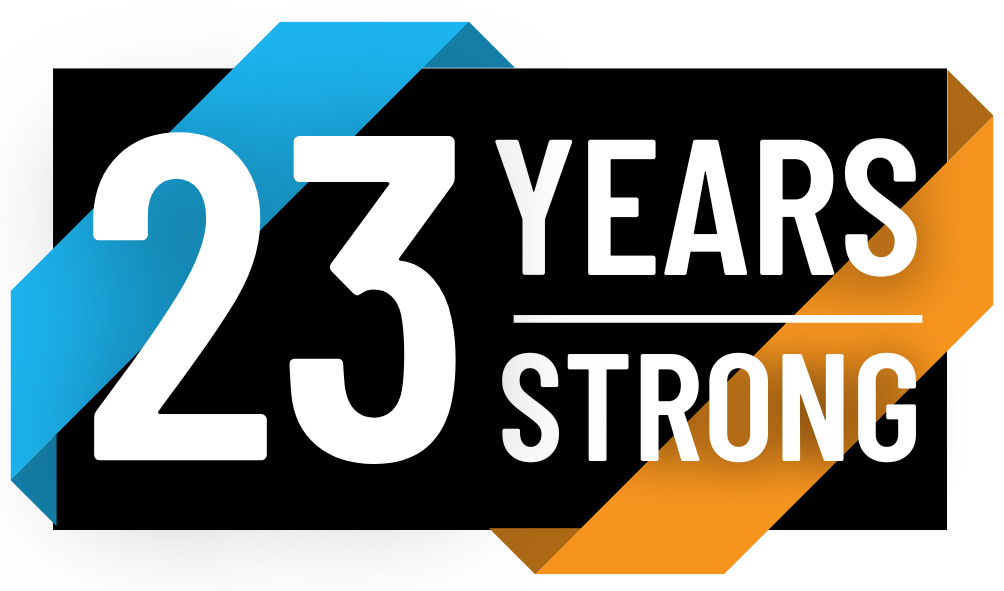
Why a Bar Pad Could Be a Great Addition to Your Home Gym
Creating the perfect home gym involves choosing the right equipment to suit your fitness goals, space, and budget. While big-ticket items like squat racks and dumbbell sets often take center stage, sometimes it’s the smaller accessories that make the biggest difference in comfort and performance. One such underrated but highly valuable piece of equipment is the bar pad.
Whether you’re an experienced lifter or a beginner just getting started with strength training, adding a bar pad to your home gym setup can enhance your workouts, prevent injury, and make your lifting experience more enjoyable.
What Is a Bar Pad?
A bar pad is a cylindrical piece of dense foam or rubber that wraps around a barbell, typically secured with Velcro or a slip-on design. It’s most commonly used during exercises like squats, hip thrusts, and lunges to provide cushioning between the bar and your body.
Most bar pads are designed to fit Olympic-sized barbells, and they come in various thicknesses and materials to suit different preferences and training needs. The main goal of a bar pad is to reduce pressure on your neck, shoulders, or hips—areas that can become sore or bruised without proper padding.
Top 5 Reasons to Add a Bar Pad to Your Home Gym
1. Enhanced Comfort During Lifts
One of the most immediate benefits of using a bar pad is increased comfort during heavy lifts. When performing back squats, for example, the barbell rests directly on your upper traps or rear delts. Without a bar pad, this can cause discomfort, especially for beginners or those with lower body fat.
Similarly, when doing hip thrusts, the bar can dig into your pelvis, causing pain that detracts from your focus and performance. A high-quality bar pad cushions these pressure points, allowing you to concentrate on proper form and execution rather than enduring discomfort.
2. Injury Prevention
Using a bar pad can help reduce the risk of soft tissue injuries and bruising. Repeatedly placing a heavy barbell on sensitive areas can cause inflammation or even nerve damage over time. A bar pad helps distribute the weight more evenly and minimizes direct pressure on bones and joints.
For those recovering from injuries or dealing with chronic conditions like joint pain or arthritis, a bar pad can be an essential tool for staying active without aggravating symptoms.
3. Better Workout Adherence and Consistency
Discomfort during exercise can be a major deterrent, especially for those new to weightlifting. If squats or hip thrusts are painful because of the pressure from the bar, it’s more likely that you’ll skip those exercises altogether. A bar pad removes this barrier, making workouts more approachable and enjoyable.
The more comfortable your training sessions are, the more consistent you’ll be—leading to better long-term results. This is especially important in a home gym setting, where motivation and self-discipline are key.
4. Affordable and Space-Saving Accessory
One of the best things about a bar pad is that it’s both budget-friendly and compact. Compared to other gym equipment, a bar pad is a minimal investment—typically priced between $10 and $30. Despite its low cost, it can significantly improve your lifting experience.
For home gyms where space is at a premium, the bar pad’s small footprint is a big advantage. It doesn’t require special storage and can be easily tucked away when not in use. You can even take it with you to a commercial gym if needed.
5. Improved Confidence and Performance
Feeling stable and supported during your lifts is crucial for both safety and performance. A bar pad gives you that extra layer of confidence, especially when you’re pushing your limits. You’re less likely to bail on a heavy lift or compromise your form when you know the bar won’t be painfully pressing into your body.
This psychological boost can translate into real gains, as it encourages you to train harder and more consistently. Whether you’re chasing a personal record or just trying to stay in shape, the comfort provided by a bar pad can be a game-changer.
Ideal Exercises for Using a Bar Pad
A bar pad can be used in a variety of exercises beyond just squats. Here are some common movements where a bar pad shines:
- Barbell Back Squats – Protect your neck and shoulders from the weight of the bar.
- Barbell Front Squats – Some lifters use a pad across the front delts for additional cushioning.
- Hip Thrusts – Perhaps the most common use of a bar pad; it prevents the bar from digging into your hips.
- Lunges – Adds comfort when the bar rests across your shoulders.
- Calf Raises – Makes the bar more tolerable across the upper back.
How to Choose the Right Bar Pad
When shopping for a bar pad for your home gym, here are a few things to consider:
- Material: Look for high-density foam or rubber for maximum durability and support.
- Length and Diameter: Ensure it fits your barbell size (most pads are designed for Olympic barbells).
- Closure Type: Some bar pads come with Velcro straps for added security, while others use a slip-on design.
- Anti-Slip Surface: A textured or grippy surface helps keep the pad in place during lifts.
- Brand Reputation: Stick with trusted fitness brands to ensure you’re getting a quality product.
Final Thoughts: The Bar Pad—A Small Tool With Big Benefits
While it may not be the flashiest piece of equipment in your home gym, a bar pad is undeniably one of the most practical. It enhances comfort, reduces injury risk, boosts confidence, and promotes consistent training—all without breaking the bank or taking up space.
For anyone building or upgrading a home gym, investing in a bar pad is a smart move. It’s one of those simple tools that can dramatically improve your workout experience and help you reach your fitness goals more efficiently.
Ready to upgrade your home gym? Don’t overlook the power of a great bar pad—your shoulders, hips, and gains will thank you.

